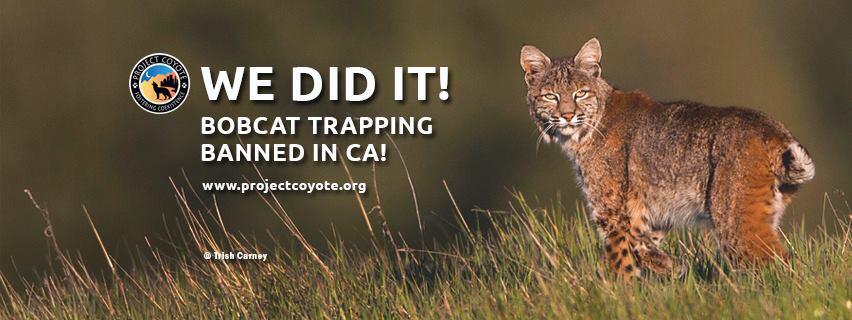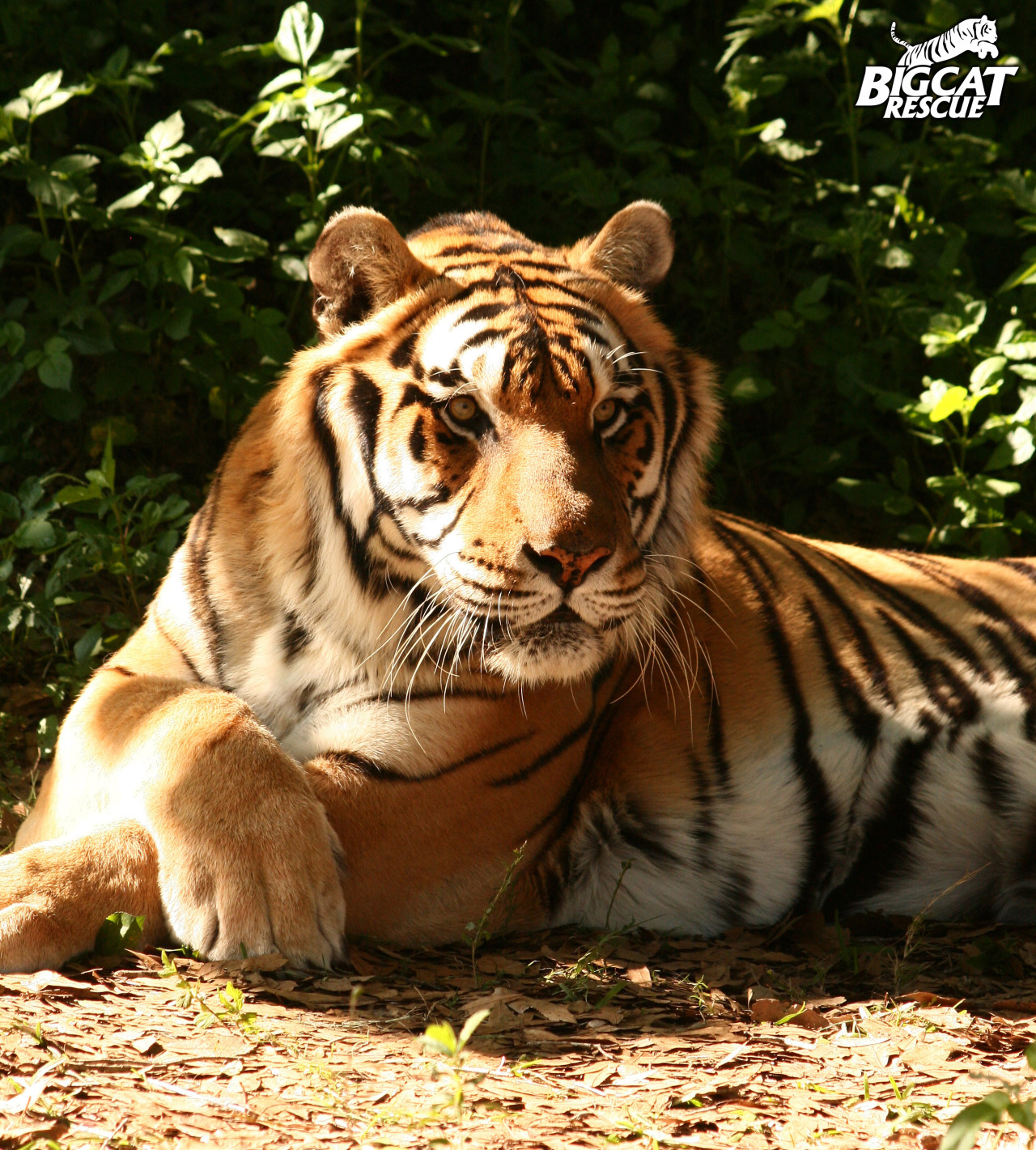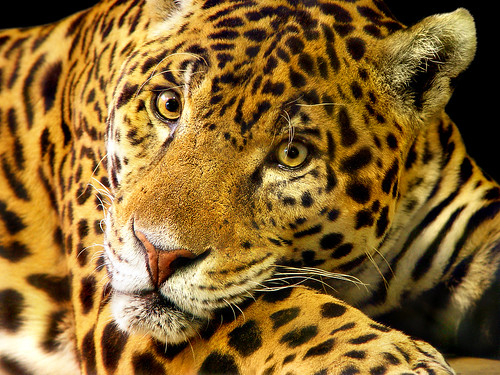Lori
Gallo is feeding chunks of beef heart to Conrad, who is 2 years old and
possessed of a piercing stare and incisors that could — make that,
would — rip you apart if given a chance. "Conrad is a real tiger,
from Day One," said Gallo, a senior keeper at the San Diego Zoo Safari
Park. "He has a very intimidating, intense personality — unlike his
brother ,who is more calm and collected."
The park has had Sumatran tigers since the late 1970s.
The park has had Sumatran tigers since the late 1970s.
Over the Memorial Day weekend all that changed with the opening of new digs for the park's six Sumatrans. The 5.2-acre Tull Family Tiger Trail cost $19.5 million and was 14 months in the making.
Visitors can now get within inches of the tigers — thanks to tempered glass and other safety features.
Children can play tug-a-war with a tiger, with the animal grasping a rope in its teeth and the child, safe behind the glass, grabbing the rope by hand. A children's play area has a log step, rope climbs and a slide, part of a simulated logging camp (rampant logging is destroying the tigers' habitat in their homeland).
The modern visitor to zoos and animal parks demands a close-up view of the animals. Numerous projects — like the new Rainforest of the Americas at the Los Angeles Zoo — are determined to provide that immediacy.
Safari Park keepers hope the new Tiger Trail will lead to greater public support for conservation projects aimed at forestalling the decline of the Sumatran tiger, considered the most endangered of six subspecies of tigers.
An estimated 400 Sumatran tigers remain in the wild, with the number decreasing each year because of poaching and deforestation on the Indonesian island of Sumatra. There are about 350 Sumatran tigers in 55 zoos and parks (the Los Angeles Zoo has a female Sumatran).
The trend line in the wild is ominous: By century's end, the Sumatran tiger may be extinct in the wild. The forest is being cleared to produce palm oil, used in cosmetics and candy.
A Sumatra tiger sits in the shade at the new Tull Family Tiger Trail.
Plumber Salah Salem, working on the new Tull Family Tiger Trail exhibit, pauses to admire a Sumatran tiger.
Thomas Tull, chairman and chief executive
of Legendary Pictures, whose latest movie is "Godzilla," contributed $9
million toward the project. Tull is on the foundation board of the
Zoological Society of San Diego. "We simply cannot let these magnificent animals move toward the brink of extinction," Tull said in a statement.The
zoo is involved in two conservation projects in Sumatra to aid the
tiger: at Way Kambas National Park and Gunung Leuser National Park.
Safari Park keepers always have bars between them and the big cats, particularly at feeding time. Six days a week the Sumatrans are fed meat. One day a week, they fast for the sake of their health. "We don't want fat tigers," Rieches said. "People think a fat cat is a healthy cat. But with extra weight comes health problems."
The Sumatran tiger is the smallest of the tiger subspecies. But, at more than 6 feet in length and 250 pounds, Conrad remains an imposing presence when he stretches up, balances on his rear legs and puts his front legs on the glass.
When a visitor is near the exhibit, Conrad and the others stare directly. Their throaty roar is ferocious. "You're prey," Rieches said.
source
A Sumatran tiger peers though a rope pull display where visitors can play tug-of-war with a big cat.
Safari Park keepers always have bars between them and the big cats, particularly at feeding time. Six days a week the Sumatrans are fed meat. One day a week, they fast for the sake of their health. "We don't want fat tigers," Rieches said. "People think a fat cat is a healthy cat. But with extra weight comes health problems."
The Sumatran tiger is the smallest of the tiger subspecies. But, at more than 6 feet in length and 250 pounds, Conrad remains an imposing presence when he stretches up, balances on his rear legs and puts his front legs on the glass.
When a visitor is near the exhibit, Conrad and the others stare directly. Their throaty roar is ferocious. "You're prey," Rieches said.
source














No comments:
Post a Comment